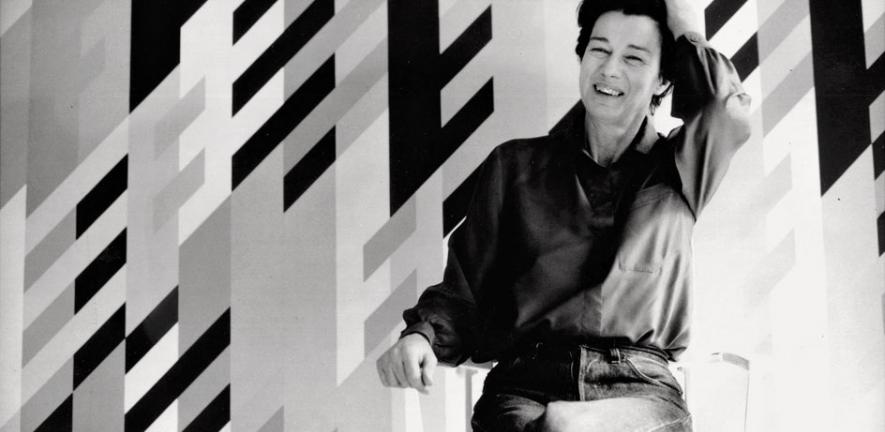
Running now until November 20 Kettle’s Yard in Cambridge is exhibiting the work of Bridget Riley, one the world’s most celebrated abstract artists. Collected over the span of her fifty year career, Riley’s work is an engaging example of the ‘Op Art’ movement.
Running now until November 20 Kettle’s Yard in Cambridge is exhibiting the work of Bridget Riley, one the world’s most celebrated abstract artists. Collected over the span of her fifty year career, Riley’s work is an engaging example of the ‘Op Art’ movement.
Born in London and educated at the Royal College of Art with Peter Blake and Frank Auerbach, Riley worked as an illustrator for an Ad agency before giving it up to focus solely on her art in 1964.
Her work in the 60’s visually reflected the mood of the time as it encouraged audience participation, while exploring the notion of mind-body duality. Riley’s study of Cezanne and his use of drawing with colour influenced her to employ the interaction of diagonal and vertical lines, colours and contrast that create a sense of movement in her work as the paintings appear to flow in space. As such, her work is known to create the sensation of skydiving and seasickness. “The uncertainties of a drawn structure increase when it is composed of similar, repeated elements.”
In 1965 Riley was exhibited in the Museum of Modern Art in New York City. It drew worldwide attention to her work and the ‘Op Art’ movement.
Riley was initially influenced by Seurat and the impressionists but later incorporated hieroglyphic themes into her work after visiting Egypt in the winter of 1979-1980. By using only 4 colours, plus black and white, into a series of vertical stripe paintings, Riley created vibrant optical patterns. ‘It was a very sturdy, solid group of colour with infinite possibilities.’
Riley works meticulously and carefully mixes her colours to find the perfect hue and intensity. She then employs the colours to achieve an optical effect by juxtaposing lines of complimentary colours to affect the perception of the colour as often the perceived grey in her paintings is largely an illusion of overlapping circles. The result is a vivid and vibrant abstract experience.
The exhibit runs from September 24 through to November 20 at Kettle’s Yard on Castle Street in Cambridge and is accompanied by an illustrated catalogue with a conversation between Bridget Riley and Michael Harrison.
This work is licensed under a Creative Commons Licence. If you use this content on your site please link back to this page.

